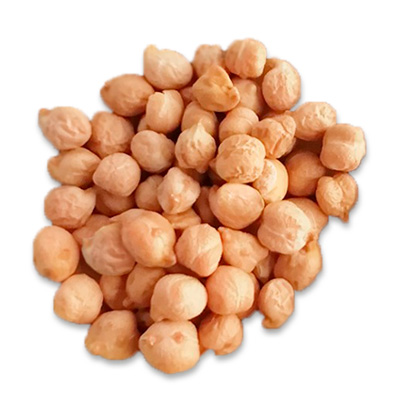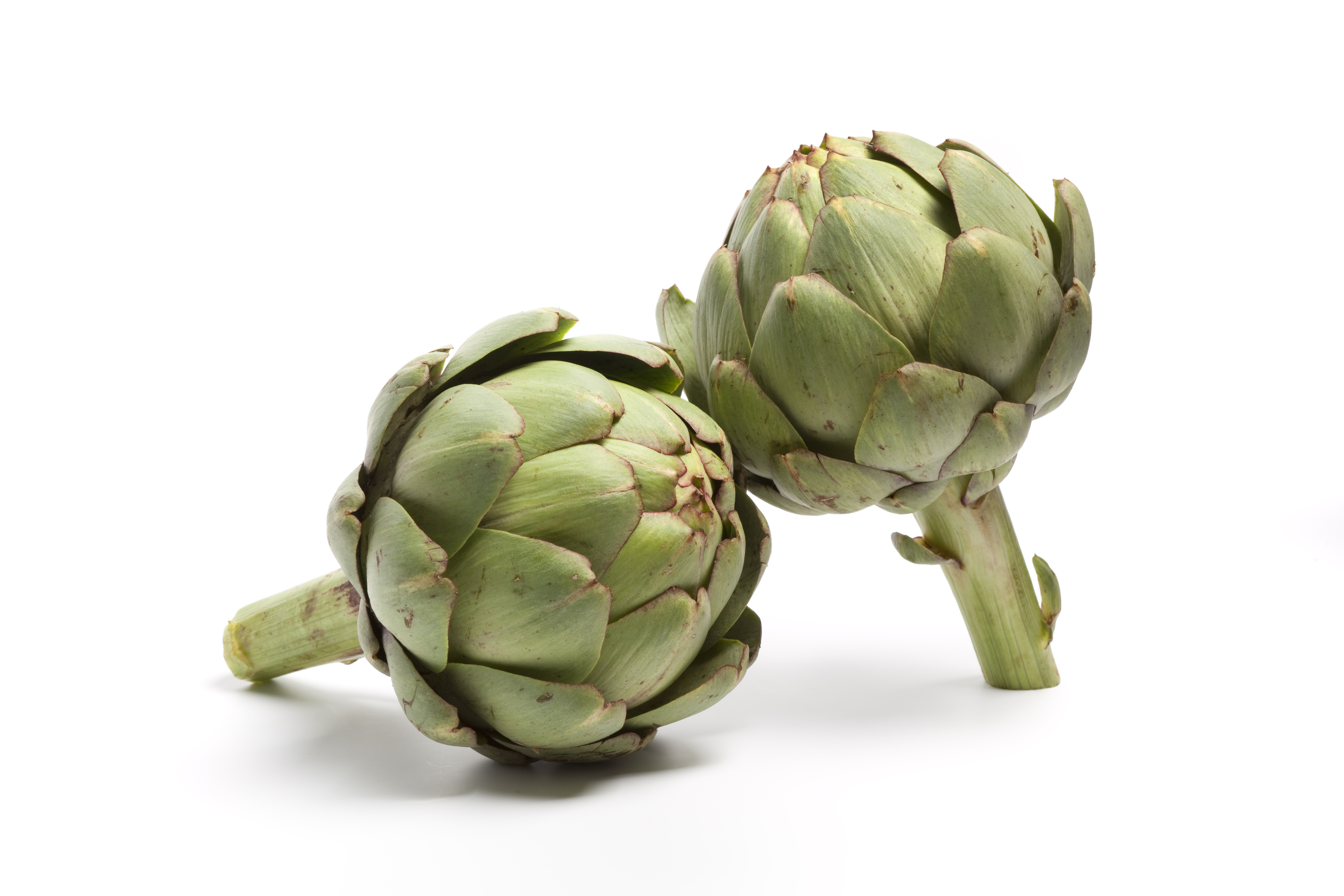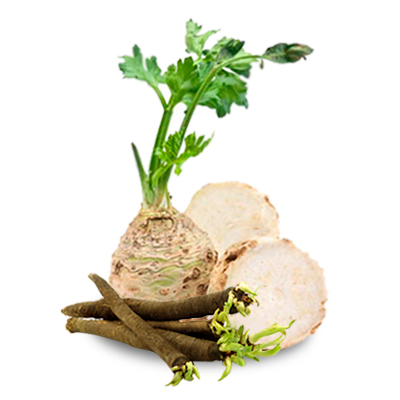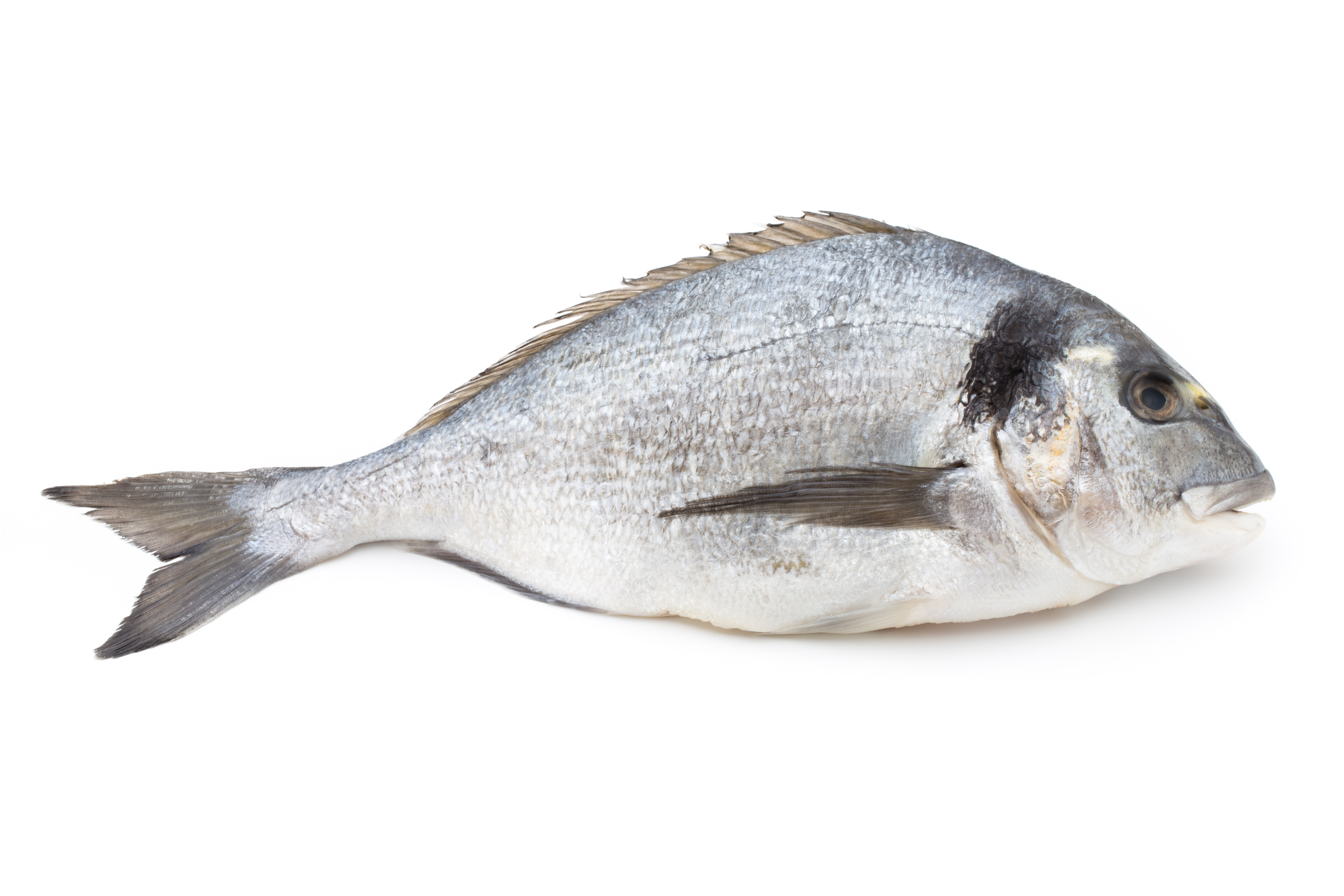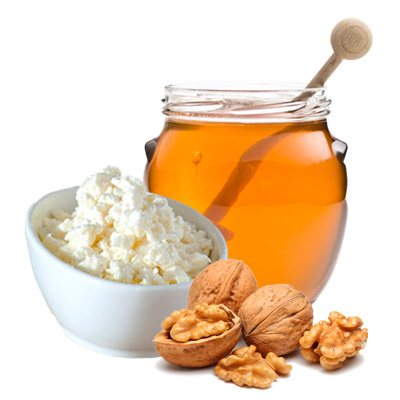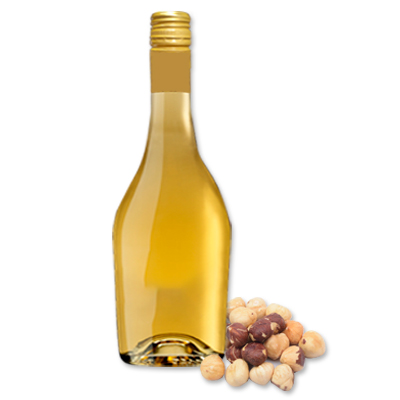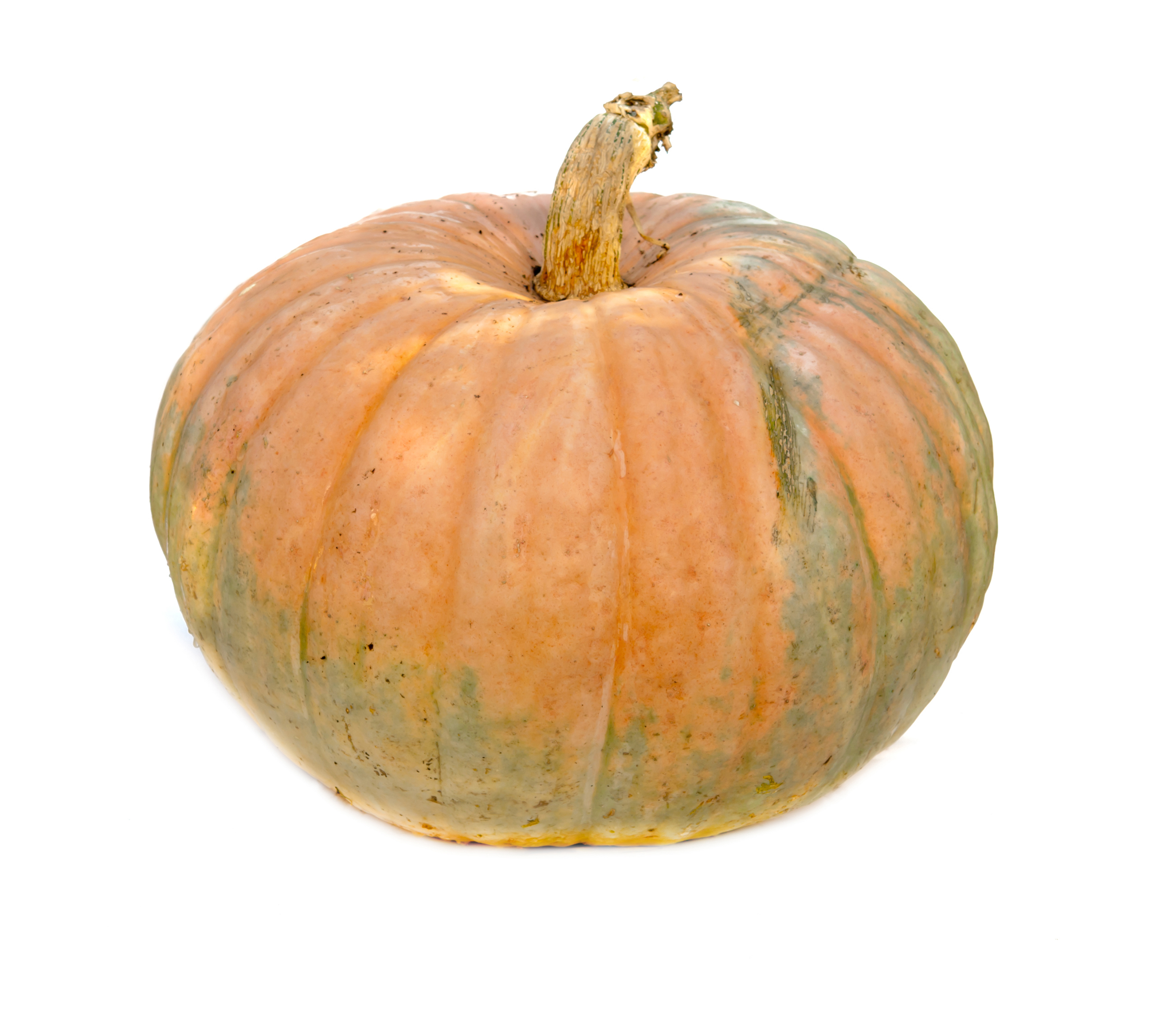Swiss chard
Native to the Mediterranean coast, southern Europe and North Africa, Swiss chard has been used in cooking for centuries. The Greeks were already using it in the 5th century BC, and for hundreds of years it was a basic food for Europeans. The Romans and the Arabs grew it.
Here in Catalonia it’s popular, and it’s a vegetable that grows well in our soils. Swiss chard prefers coastal areas and saline soils, and is also found growing wild in fields, on allotments and at the roadside.
Considered a food consumed above all by the poor, it’s seen as humble fare, but it has huge gastronomic potential.
The scientific name is Beta vulgaris, and it’s part of the same family as spinach and beetroot.
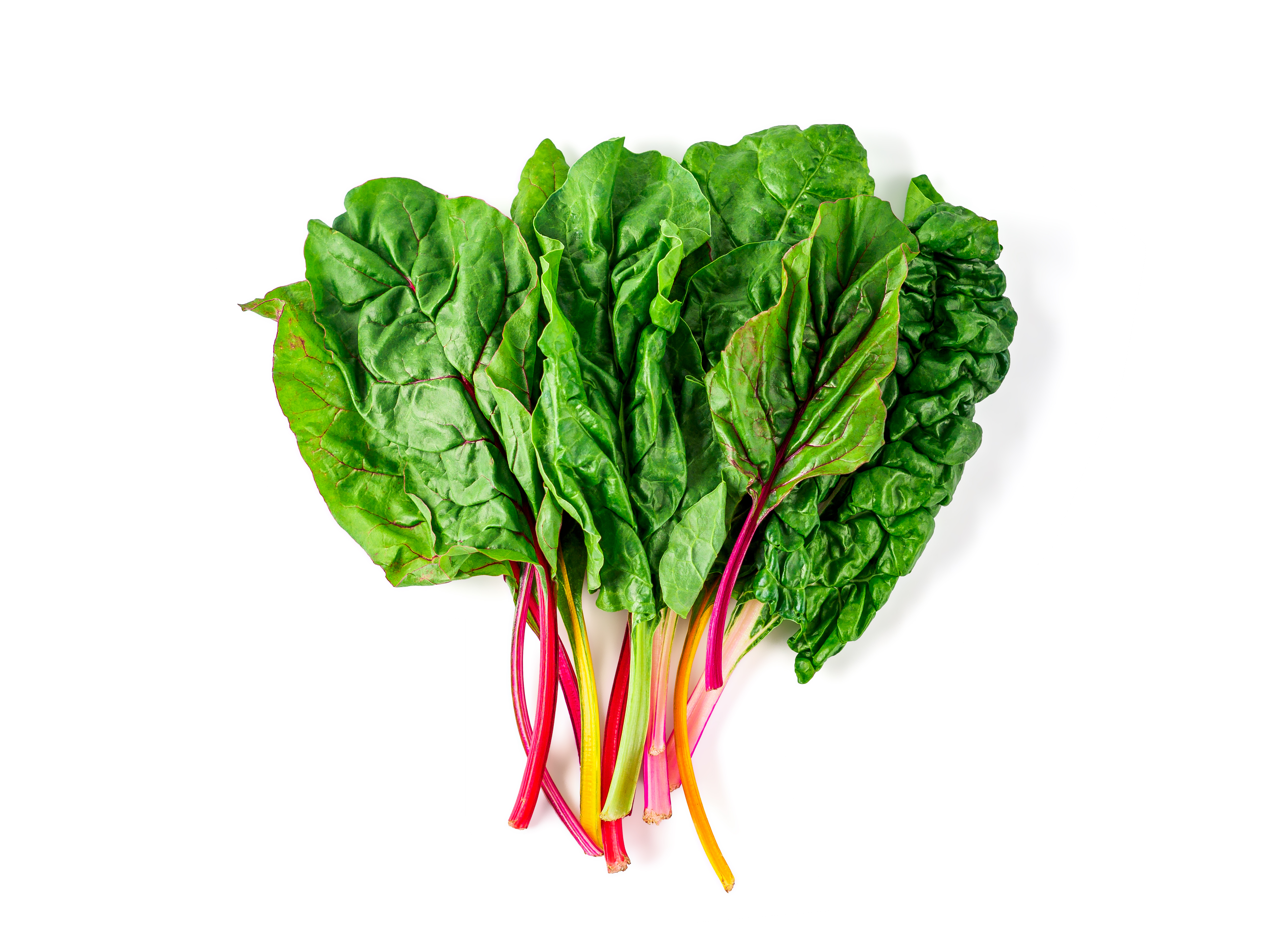
-
- Green chard: This variety has lots of large, intensely green leaves, with wide, fleshy, tender white stalks. The leaves can be harvested individually when they’re ready, so they’re always fresh. There are several varieties of green chard, which have leaves of different sizes and shapes.
- Rainbow chard: Has fewer leaves than green chard, and these may be yellow, red, pink or violet, depending on the variety. They’re very tender, and can be used in lots of ways in the kitchen, particularly when steamed.
-
Both the aerial parts of the chard plant can be eaten - stalks and leaves.
-
The best time for chard is in the winter, when it’s nice and sweet. And remember, local is always better, as is organically grown and recently harvested, because chard is 90% water. That way it’ll be tastier and more nutritious.
-
Chard is normally sold as bunched leaves. Size is important, it’s best for the leaves not to be too big, as smaller means that both leaves and stalks will be more tender.
And the colour should be intense, in the case of both green and rainbow chard. It should have a firm texture, and should stand upright, like a bunch of flowers.
-
It’s always best to use paper or an open bag to protect it from direct cold, and to store it in the crisper drawer.
-
Chard has antioxidant properties as it is rich in vitamins A, C, E and K, folic acid and beta carotenes; it also contains minerals such as calcium and iron (in greater quantities than spinach), plus phosphorous, potassium and magnesium.
A high fibre content means that it’s great for combating constipation, and for helping to control cholesterol. Furthermore, it alleviates digestive and intestinal problems, has a diuretic effect and relieves irritation of the urinary tract. However, those suffering from kidney stones should take care, as it has a high oxalic acid content.
-
Gastronomically, Swiss chard is a vegetable with mineral, earthy notes with a unique intensity and texture that transmits the best of the land to your palate. Do remember that the stalks are tougher, and therefore need longer cooking than the leaves.
Fourteen ways to cook Swiss chard:
- Steamed: If it’s nice and tender, this is the best way to serve it, and to best maintain its nutritional properties. Stalks and leaves can be separated, and cooked for different lengths of time. The leaves need 5-7 minutes, depending on size, and the stalks 15-25 minutes, again depending on size. When serving, finish with a good dash of olive oil, and sprinkle with salt and pepper.
- Boiled: Very good simply cooked with diced potatoes and a pinch of salt. When the water comes to the boil, add the sliced stalks, and cook over a high heat for around 20 minutes. Add the leaves, and cook for a further 7 minutes.
- Sautéed: As a trinxat, with garlic infused oil and botifarra negra (very similar to black pudding) or bacon.
- Au gratin: In a cream sauce, with pine nuts, raisins and Gruyère or Parmesan cheese.
- In breadcrumbs: Blanch the stalks for a few minutes and spice them up with some curry powder. Then coat them in flour, egg and breadcrumbs, fry, and serve as an appetizer.
- In salad: When the leaves are very small and tender, they can be eaten raw, with a nut vinaigrette.
- In a soup or purée: In an escudella barrejada (a kind of Catalan meat and vegetable stew), or by making a soup together with squash and onions.
- In an omelette, or mixed with other vegetables: With garlic shoots and dried white beans (such as mongetes del ganxet).
- In a paella: When making a vegetable paella - chard adds a distinctively earthy flavour.
- Stuffed: The leaves can be blanched for a few minutes, refreshed in cold water and then stuffed with meat, fish or rice.
- In stews: A classic recipe is chard with chickpeas and salt cod.
- In a sandwich: A good example here would be a sandwich of chard, garlic shoots and mozzarella.
- In a quiche: Add to a pastry case with eggs, cheese and milk.
- In meatballs or hamburgers: Combine with a legume to add body, aromatic herbs, and fried tomato, onion and garlic.
-
Generally both leaves and stalks are eaten, either boiled or in stews. It’s a good idea to use them as soon as possible, before the leaves start to wilt, as they tend to dry out quickly. If you want to store chard, pop it in the fridge straight away in a bag or closed container. If your chard does wilt, you can still cook it. If you wish, it can be refreshed by leaving in water overnight so that the leaves can rehydrate.
Chard is easy to grow at home, either directly in the soil, or in a planter. This way you can harvest the outer leaves when you need them, and allow the plant to continue to grow. If you see that the plant is about to ‘bolt’ (a flower stalk is forming in the centre), harvest all of it, before the leaves get too tough.
If you have a lot, it freezes very well once cooked, and is then ready to eat whenever needed.Traditionally, the whole of the leaves or just the stalks have also been preserved in brine.
The most familiar varieties of chard are those with white stalks, but there are some that have yellow, red or striped stalks. Interestingly, beetroot and chard belong to the same botanical family (Beta vulgaris), which means that beetroot leaves are in effect chard, and so are well worth using in your cooking!



